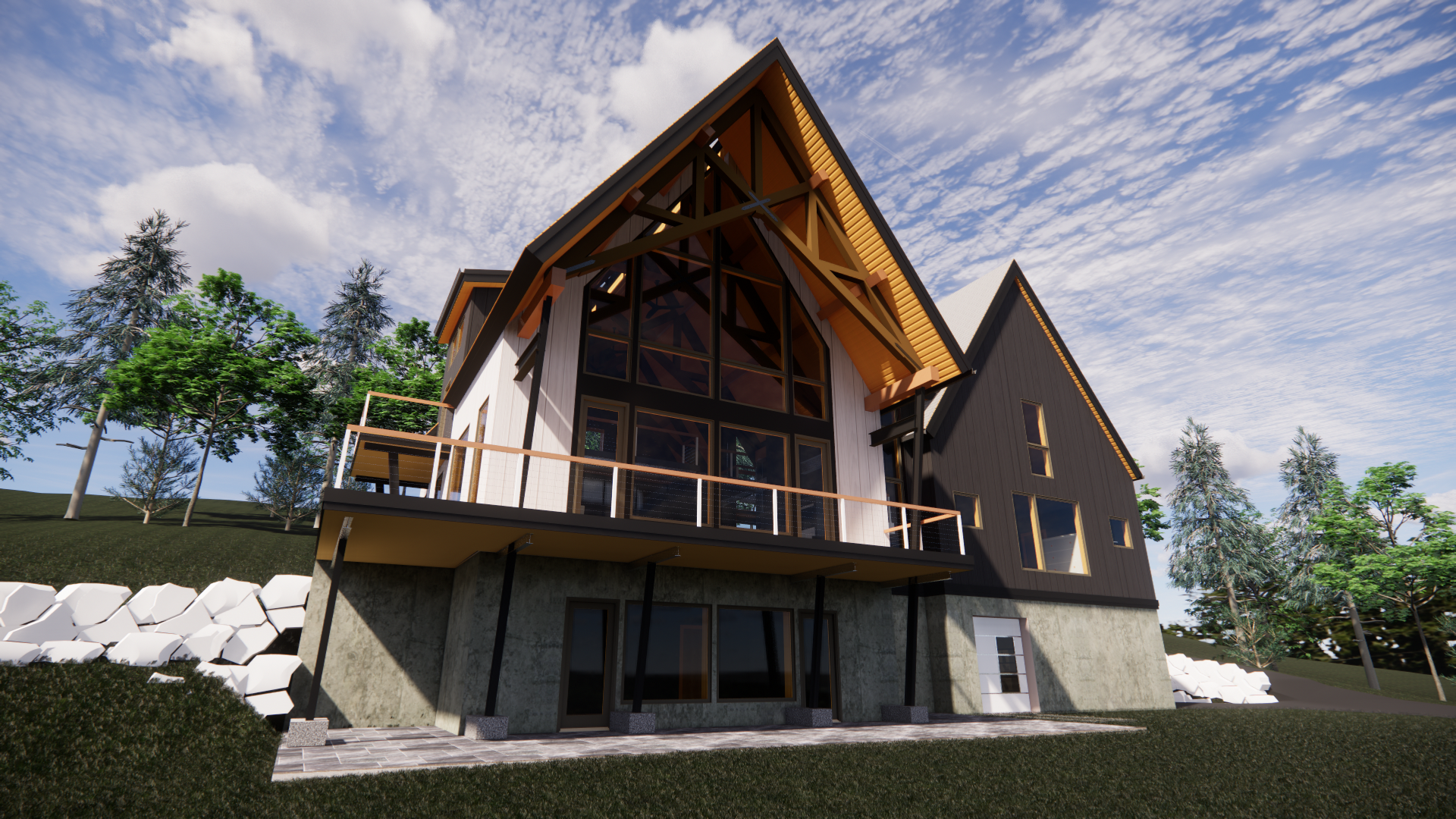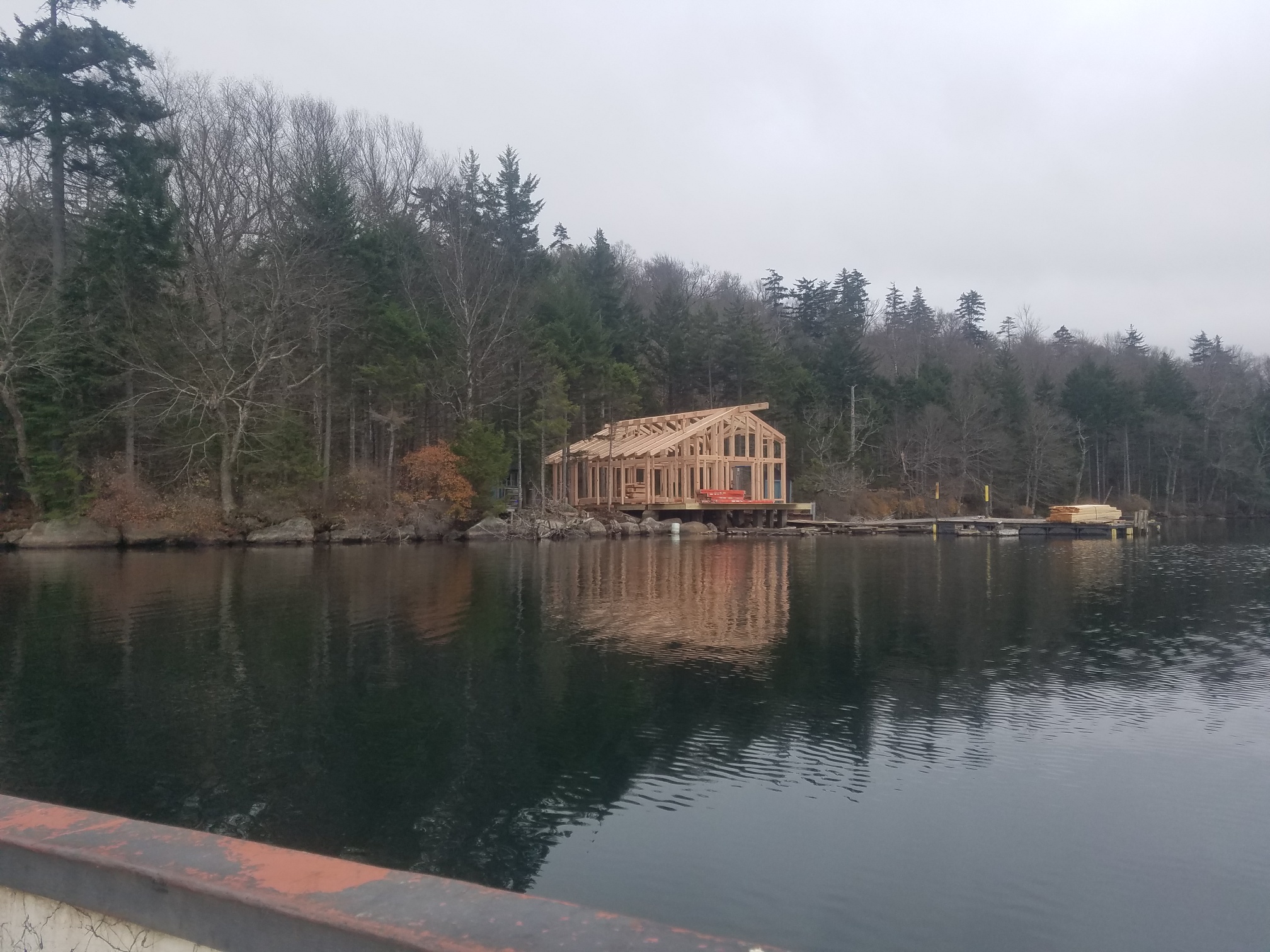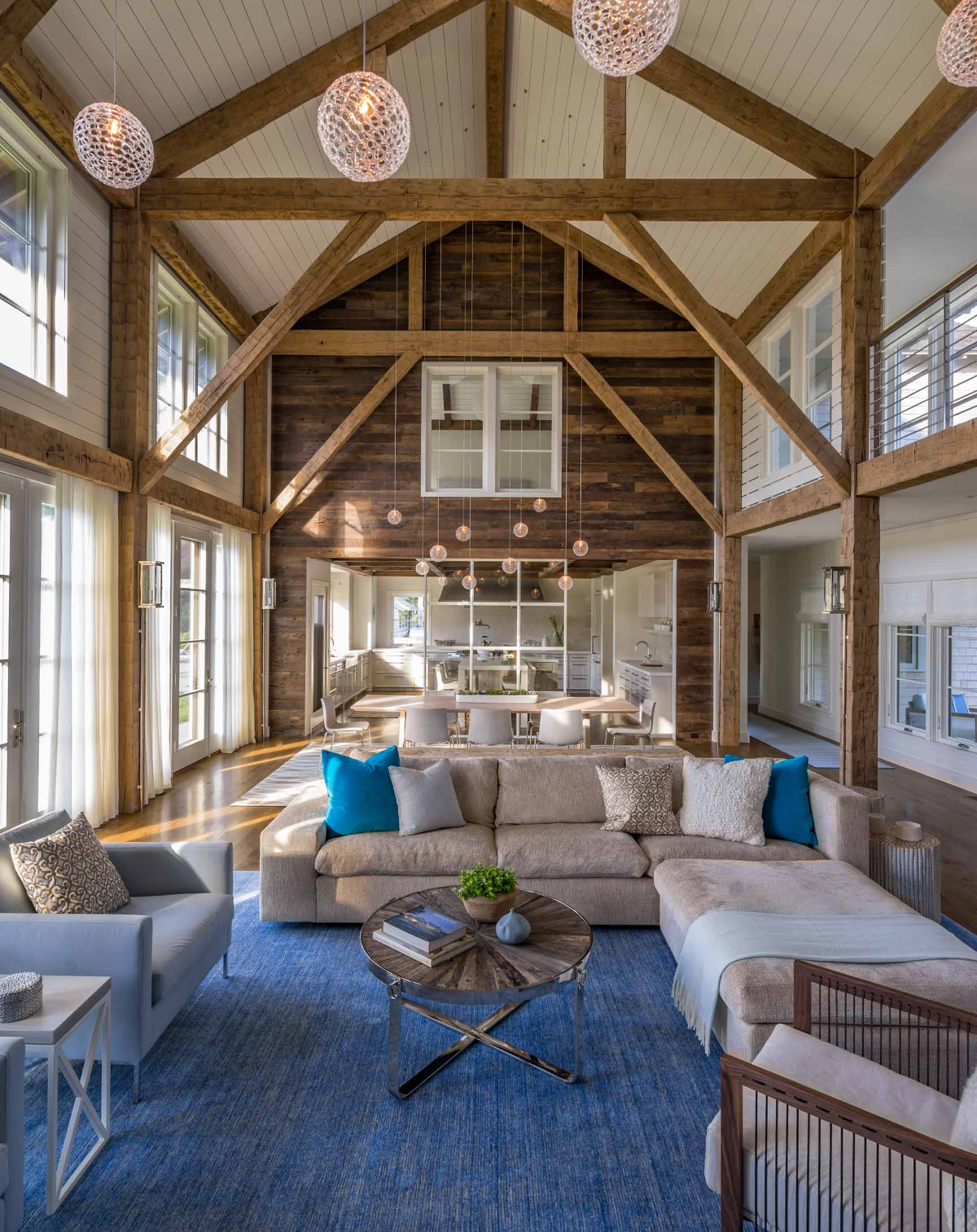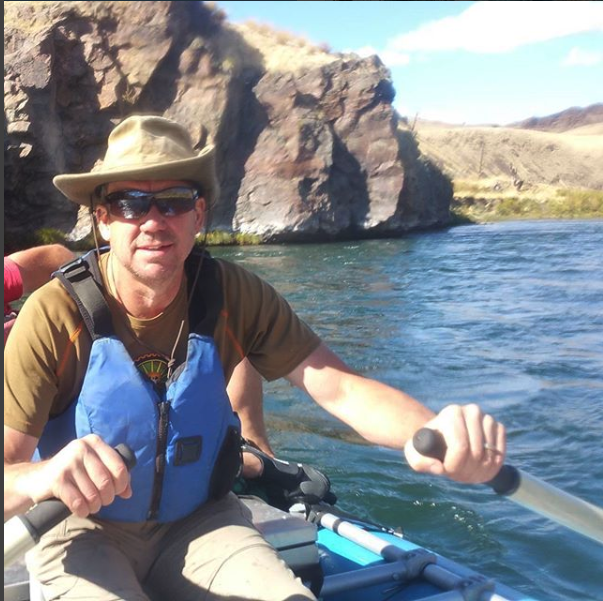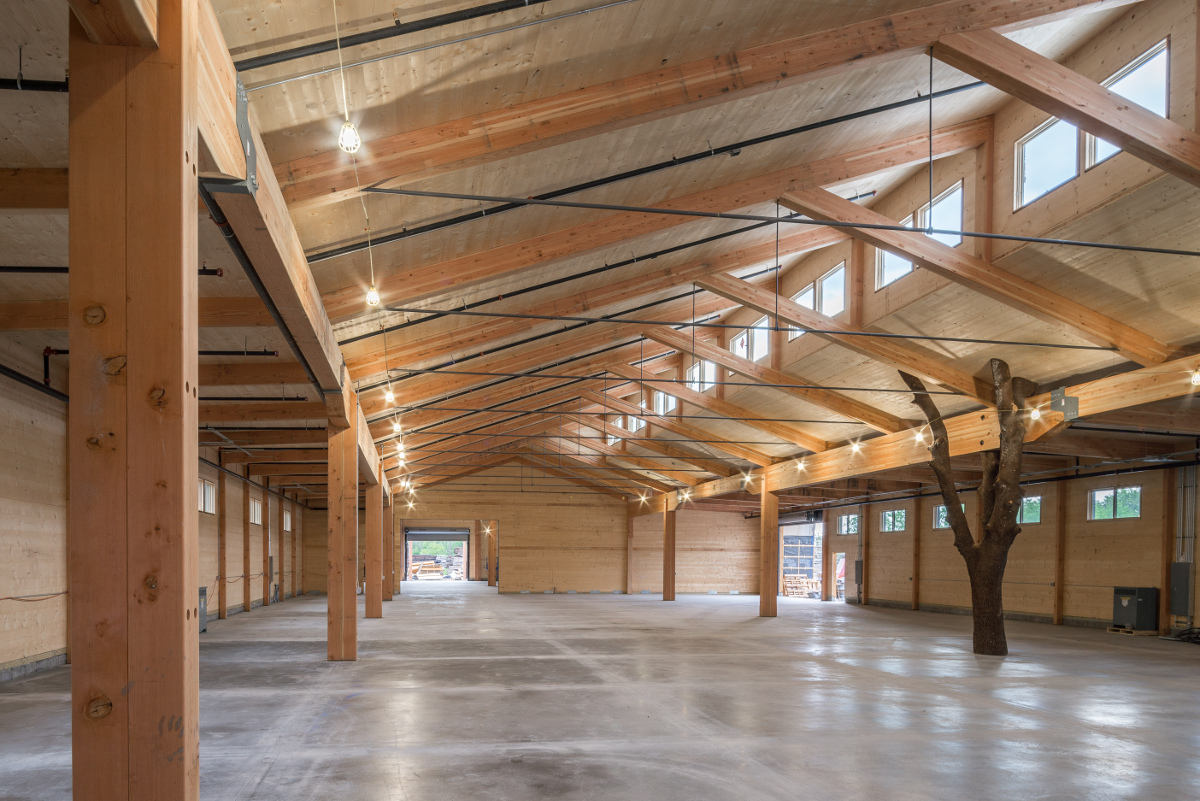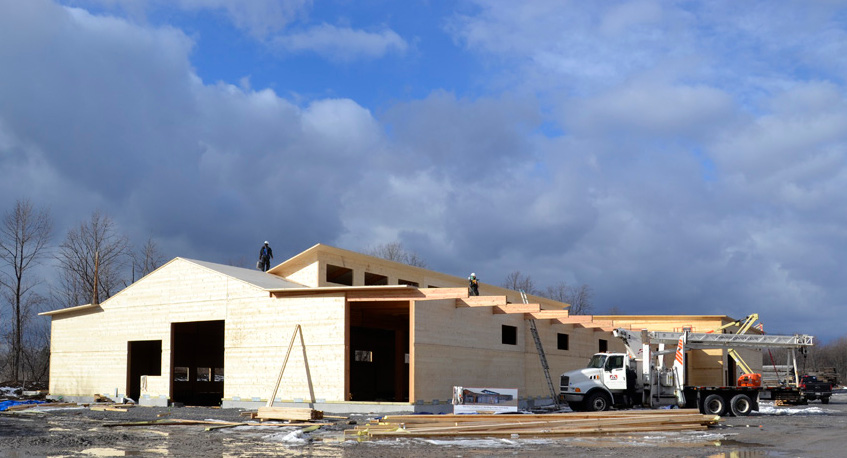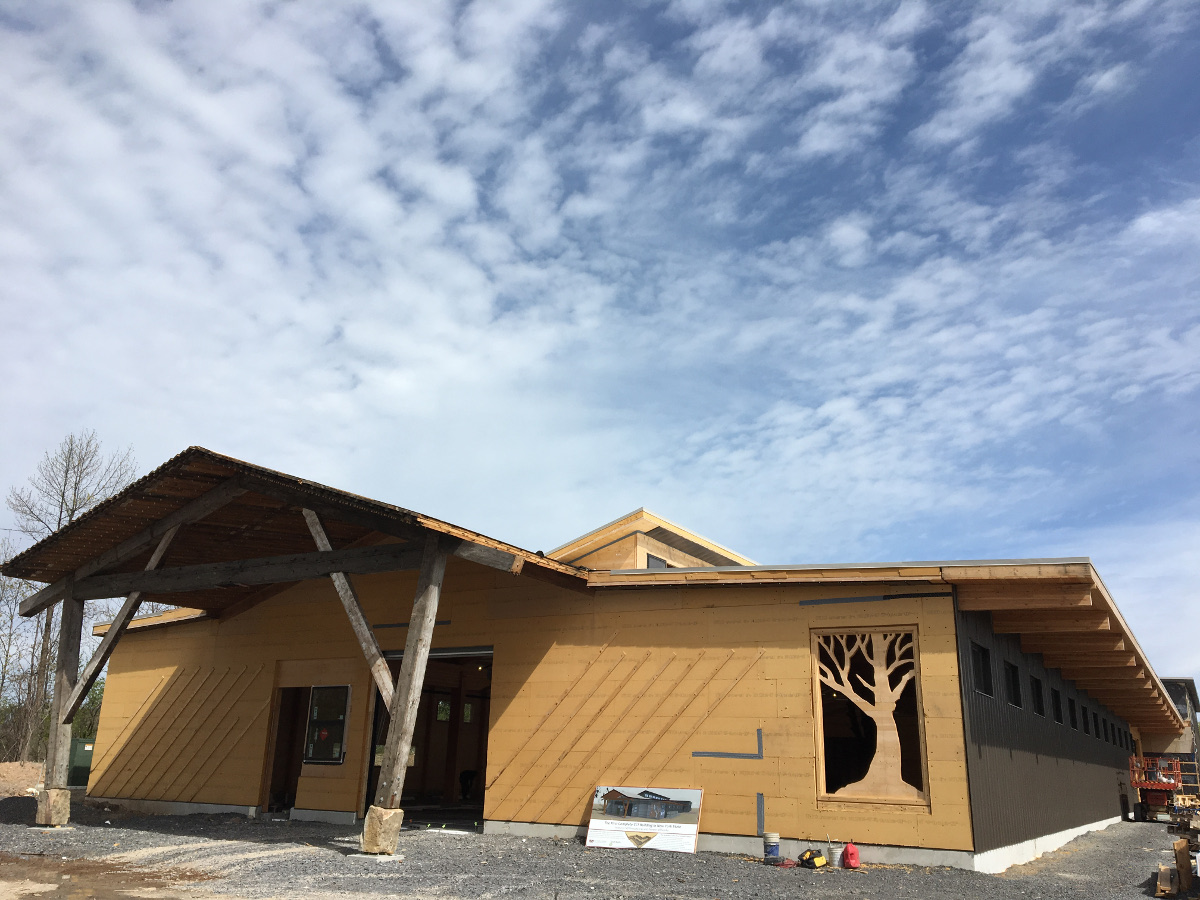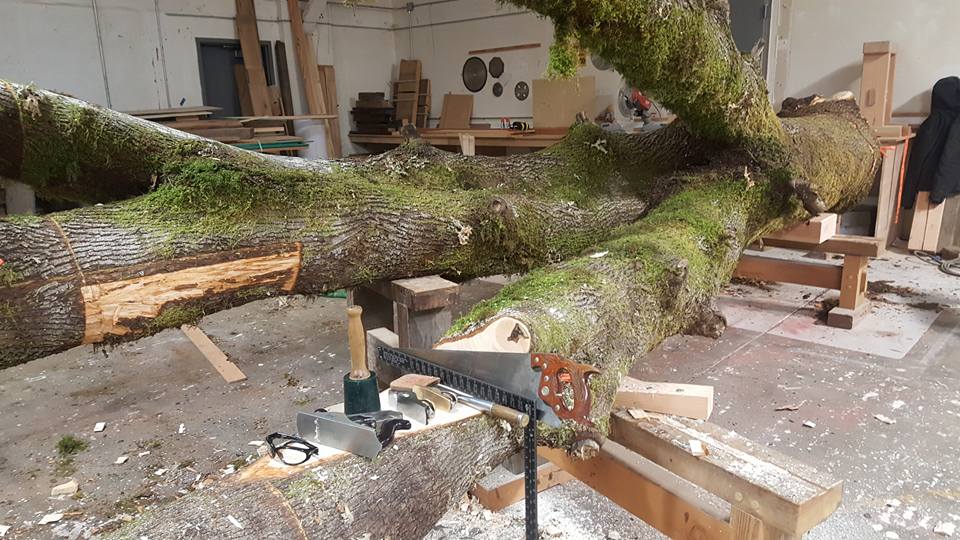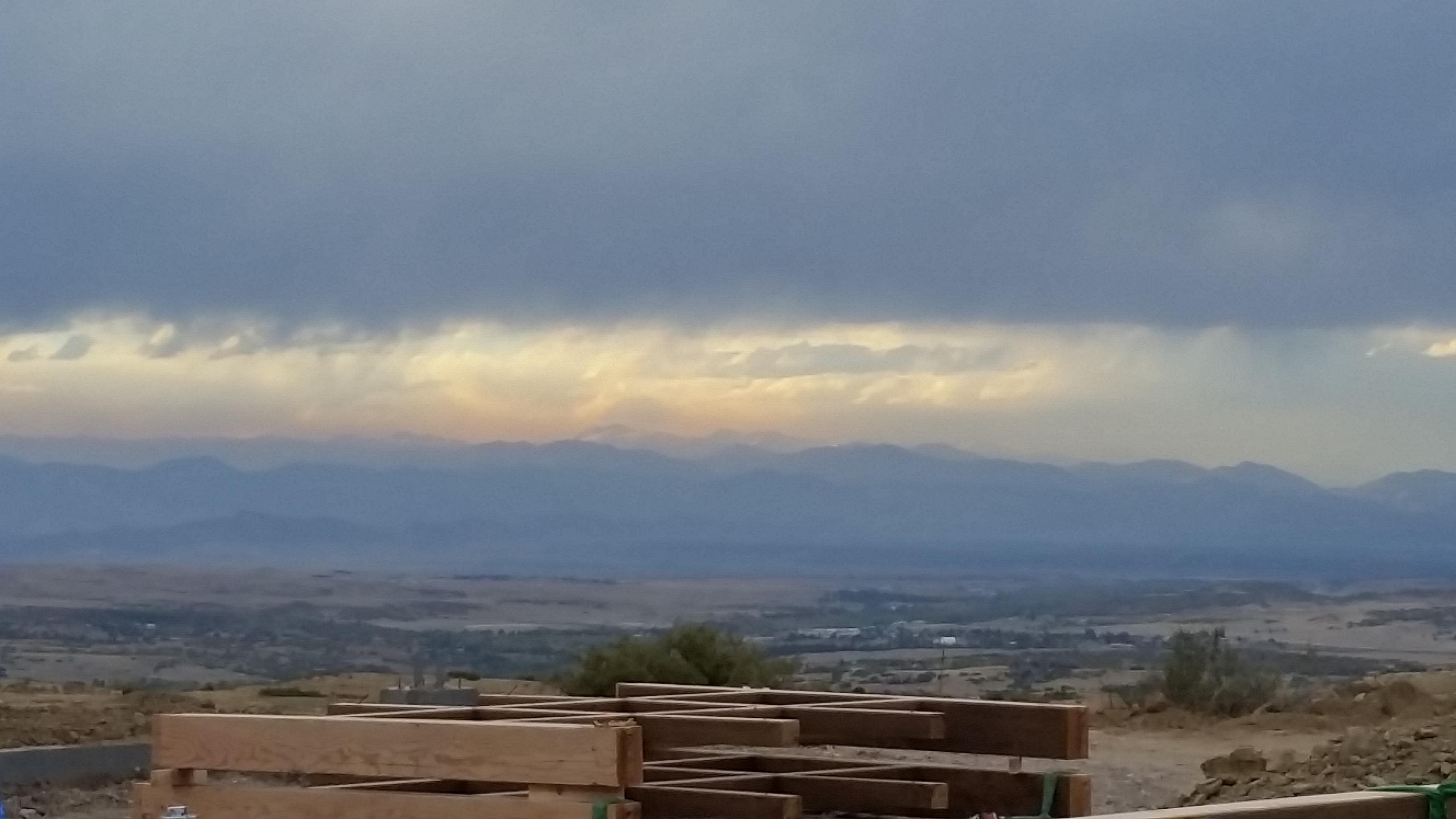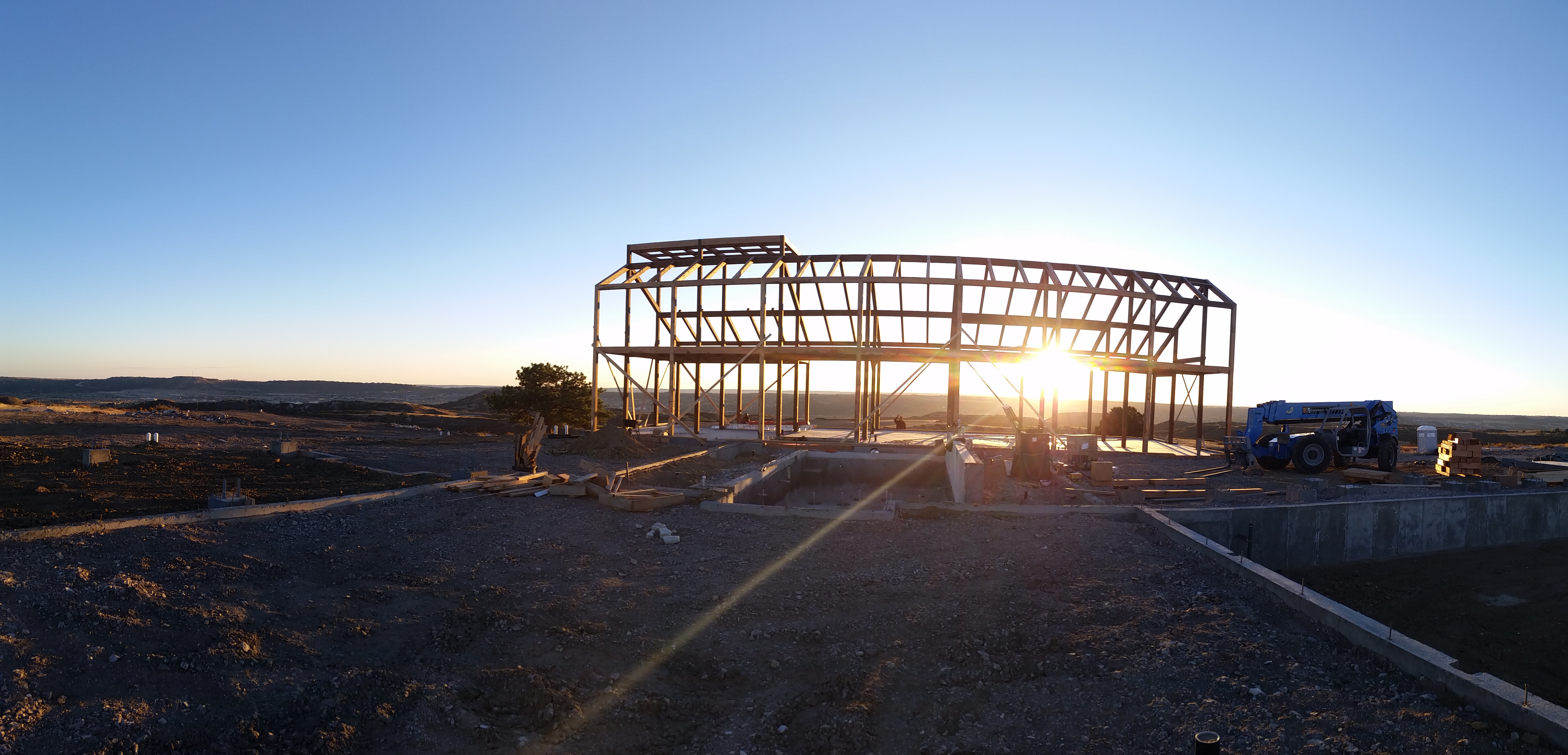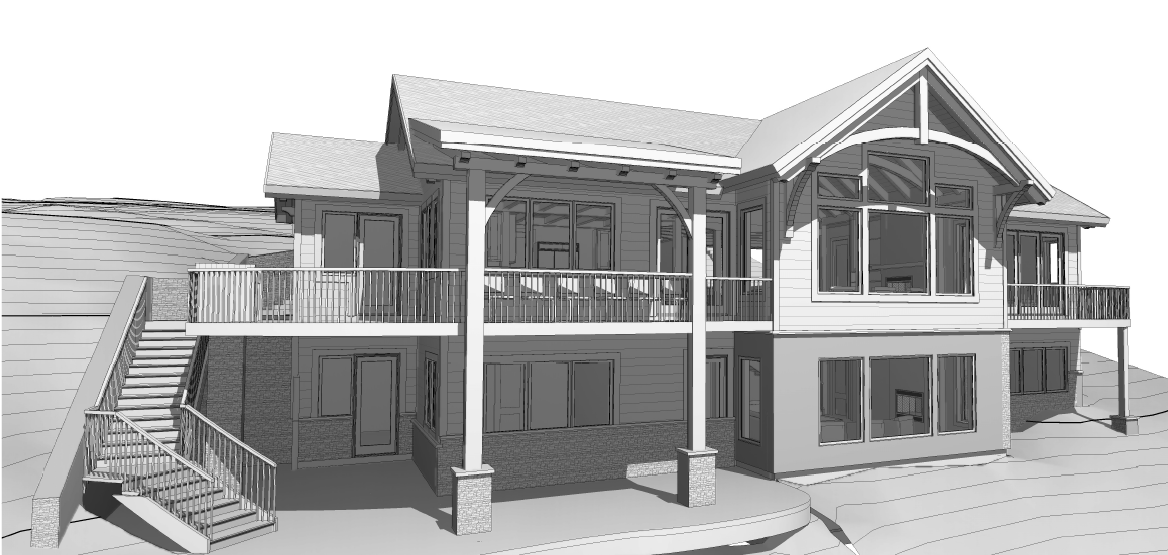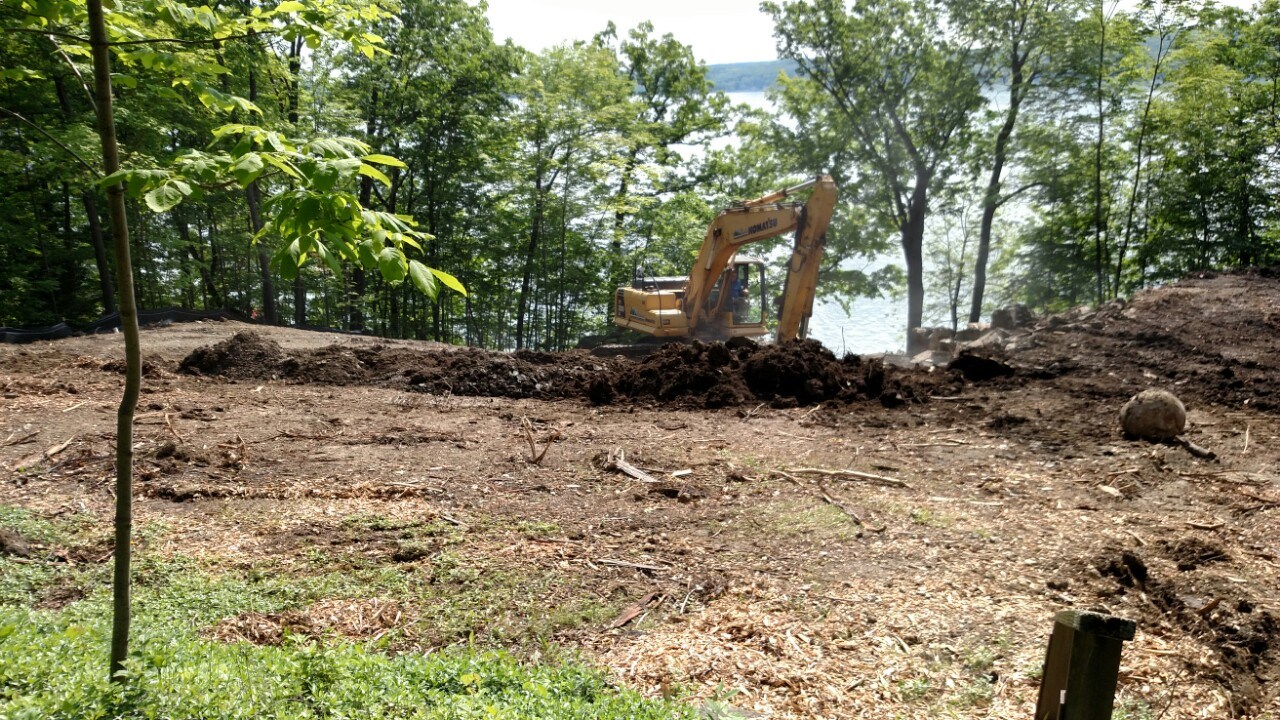
Every once in a while I make my way upstairs to chat with the engineers only to be delighted with the knowledge that something we made is going up in my hometown. Nestled in a neighborhood in Clarence, NY is Brookfield Country Club—a place to play a friendly round, have a wedding, or if it was the 90s and you were a high schooler in Clarence, get a summer job. And soon, home to some New Energy Works' big a** trusses.

"I don't think I've ever seen tension numbers as high as these," said Owen MacDonald, EC Timber Frame Department Manager.
"An incredible 71.6 kips (71,600 lbs)," replied Melissa Schmidt, Timber Frame Engineer.

And to deal with all of that tension these 50'6" trusses have a glulam bottom cord and hidden huge steel plates paired with traditional mortise and tenon joinery.
"The client wanted the timbers to work well with, yet contrast against, the cocoa T&G that they're using. So the Douglas fir solid timbers and glulams have a custom dark brown finish. This way the glulam blends even further into the truss, making it visually seamless," says Schmidt.
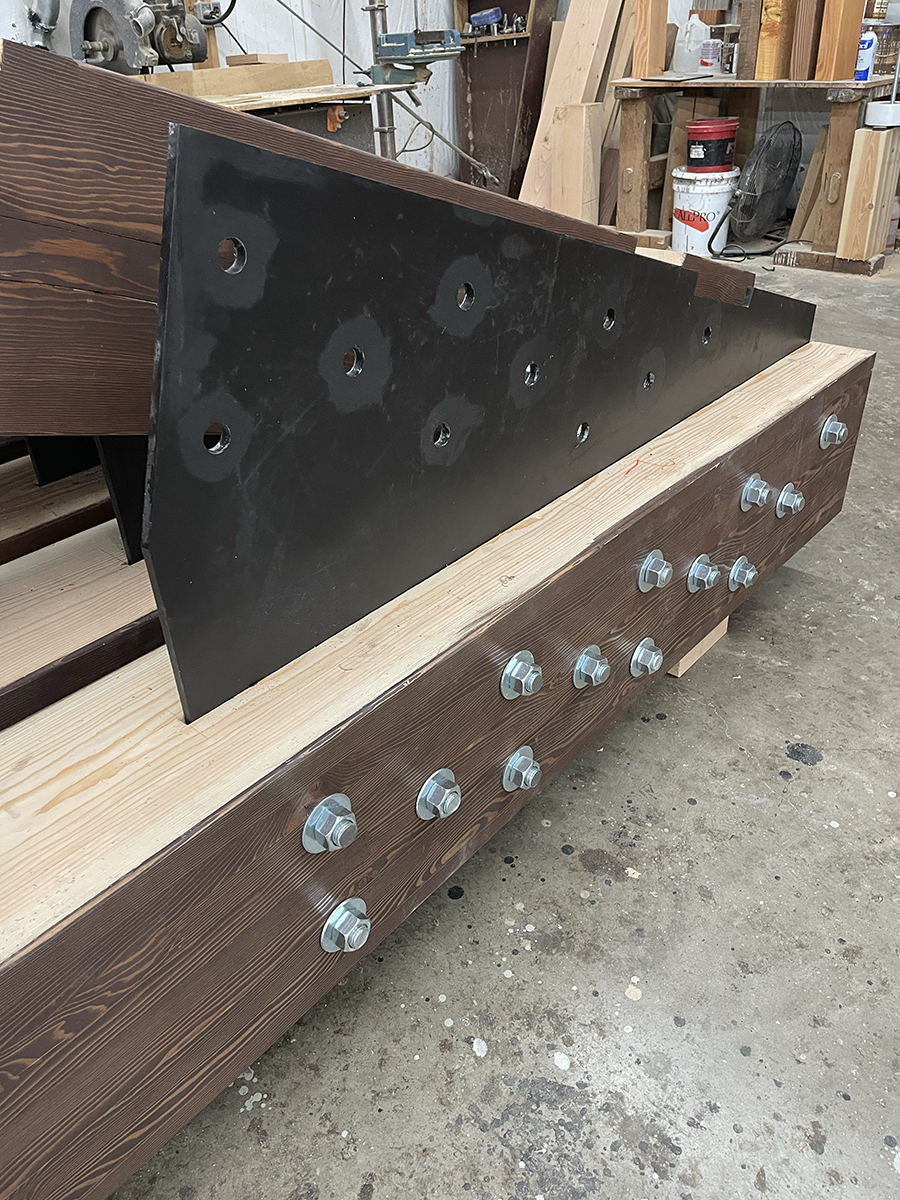
The New Energy Works timber trusses will be part of an expansion of the event space at the country club. The trusses sit atop steel beams and show off a massive 45' skylight that runs down the center of the space.














